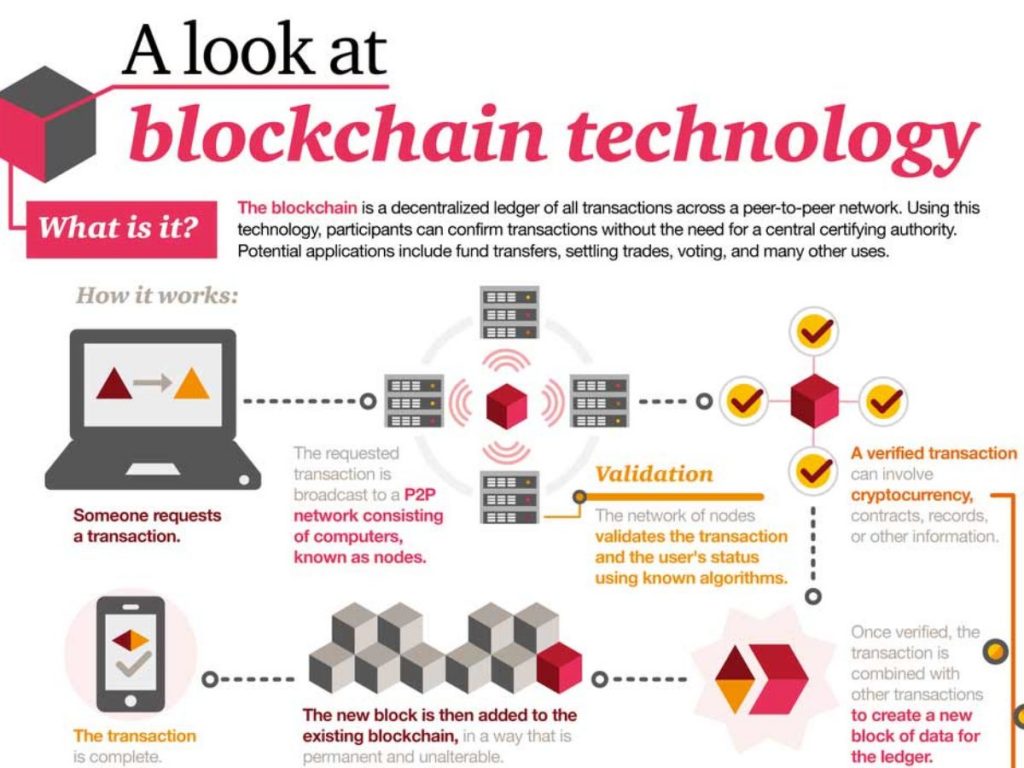Focus: GS-II Governance
Introduction
- The Election Commission of India has been working with idea of further digitising the electoral infrastructure of the country and in furtherance of this the Election Commission had recently held an online conference in collaboration with the Tamil Nadu e-Governance Agency (“TNeGA”) and IIT Madras, through which they explored the possibility of using blockchain technology for the purpose of enabling remote elections.
- While this exploration is still only in the nascent stages, there are several concerns that must be considered at the offset with utmost caution.
Rise in new applications
- Blockchain ledgers have traditionally been used as supporting structures for cryptocurrencies, such as Bitcoin and Ethereum; however, their use in non-cryptocurrency applications too has seen a steady rise.
- Some of the blockchain solutions allowing individuals and companies to draft legally-binding “smart contracts,” enabling detailed monitoring of supply chain networks, and several projects focused on enabling remote voting and elections.
Benefits of ‘Remote voting’
- ‘Remote voting’ is argued to benefit internal migrants and seasonal workers, who account for roughly 51 million of the populace (Census 2011), and who have, as a matter of record, faced considerable difficulties in exercising their democratic right of voting.
- It might also be useful for some remotely-stationed members of the Indian armed forces,
However, it is to be noted that for the most part, vote casting has not been an issue for those serving in even the remotest of places including the Siachen Glacier, which, given its altitude, is considered to be the ‘highest battleground’ on the planet.
Key issues, security concerns
- Electors would still have to physically reach a designated venue in order to cast their vote, adding that systems would use “white-listed IP devices on dedicated internet lines”, and that the system would make use of the biometric attributes of electors.
- Digitisation and interconnectivity introduce additional points of failure external to the processes which exist in the present day.
- Blockchain solutions rely heavily on the proper implementation of cryptographic protocols, and if any shortcomings exist in an implementation, it might stand to potentially unmask the identity and voting preferences of electors, or worse yet, allow an individual to cast a vote as someone else.
- The requirement of physical presence and biometric authentication may not necessarily make a remote voting system invulnerable to attacks either.
- Physical implants or software backdoors placed on an individual system could allow attackers to collect and deduce voting choices of individuals.
The system envisioned by the Election Commission is perhaps only slightly more acceptable than a fully remote, app-based voting system.
Other solutions
- If the only problem that is to be solved is the one of ballot portability, then perhaps technological solutions which involve setting up entirely new, untested voting infrastructure may not be the answer.
- Political engagement could perhaps be improved by introducing and improving upon other methods, such as postal ballots or proxy voting.
- Another proposed solution to this issue includes the creation of a ‘One Nation, One Voter ID’ system, though it is unclear whether such a radical (and costly) exercise would be required at all for the mere purpose of allowing individuals to vote out of their home State.
- Even if the Election Commission is able to design a system which is proven to be satisfactorily secure in the face of attacks, where tampering could be detected, and where the integrity of the ballot is verifiable by electors, use of such a system could perhaps only be justified for lower level elections, and not for something as significant and politically binding as the general election.
Blockchain Technology
- A blockchain is a growing list of records, that are linked using cryptography.
- To be more precise, a blockchain is a decentralized, distributed, and oftentimes public, digital ledger consisting of records called blocks that is used to record transactions across many computers so that any involved block cannot be altered retroactively, without the alteration of all subsequent blocks.
- Each block contains a cryptographic hash of the previous block, a timestamp, and transaction data.
- By design, a blockchain is resistant to modification of the data.
- The use of a blockchain removes the characteristic of infinite reproducibility from a digital asset.
- It confirms that each unit of value was transferred only once, solving the long-standing problem of double spending.

-Source: The Hindu



